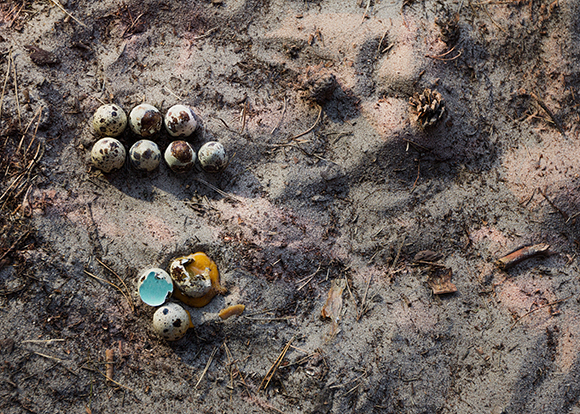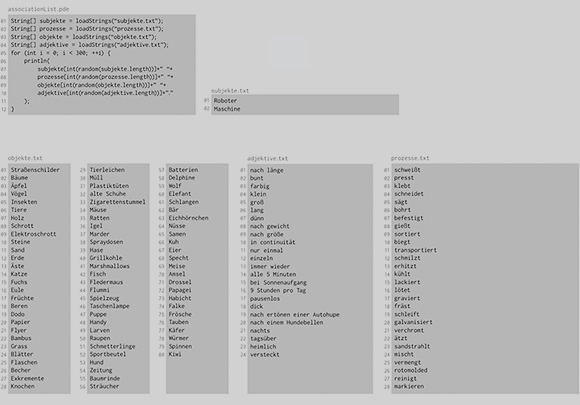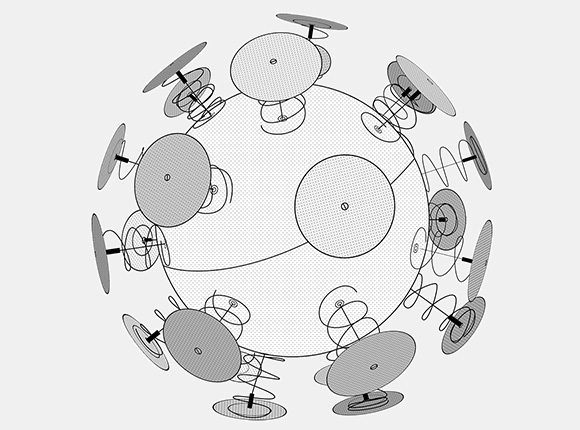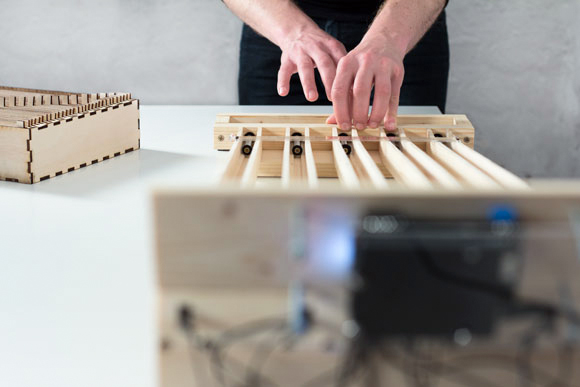The Assembly
(2014) A cautionary robot-tale
What if a new context is to be inhabited with the functional and aesthetic requirements of the assembly line? Will these robots eventually become intruders or will they fit in another raison d’être?





In an attempt to stage the output of the industrial mechanical processes in nature, the same repetitive mechanical process freezes into a still and becomes the end product itself. Industrial robots drill, coat, galvanize, sort, solder, assemble in the remote woods, on the riverside at the beach. As a method of research a generative process that employs an association list algorithm is used where possible permutations of processes, objects and actions that a „KUKA“ industrial robots could perform. In this scenario the components and members of nature environments such as species of animal, plant, or other type of organisms become just parts of the industrial assembly. Trying to order, re-structure and adjust nature is a paradox that in ambiguous manner attempts to tell a cautionary tale.
Exhibited at:
‚AS IF‘ Exhibition at Immigration Office 03.10 – 05.10.2014, Bremen.
Hochschultage 2015 (07.02 – 08.02.2015), Hochschule für Künste Bremen, Germany
In collaboration with Jonas Otto, Jasna Dimitrovska











